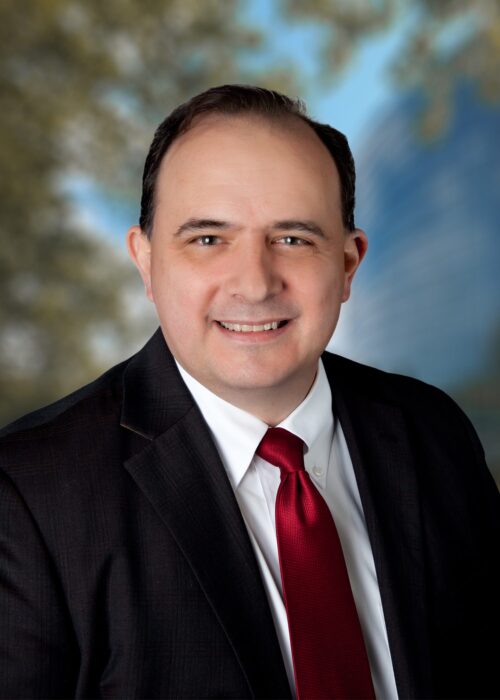Decision to Close or Reduce Medical Practice During Pandemic Depends on Many Factors
Consider Your Current Financial Position and Your Employees
A global pandemic is both frightening and economically disruptive to many industries, but perhaps none more than the healthcare profession. Even when non-emergency procedures are cancelled, the need to provide emergency care presents challenges for healthcare providers who must weigh how to keep a reduced safe level of services available while reducing or closing non-emergency services.
If you are questioning whether to close your practice or continue functioning on a reduced level during the COVID-19 pandemic, there are many aspects to weigh.
Consider the following:
- How long can you continue to pay staff given a reduction in non-emergency cash flow?
- Is your practice large enough to cut back to an on-call staff to address emergencies?
- If you close your practice, will you continue paying staff for a short time? If so, do you have the cash on hand to do that, or would you need a loan?
- Can you shift some of your service delivery to an online model? You can’t fill a cavity online, of course, but some providers can treat patients via videoconference as well as advise them on whether their situation requires immediate in-person care or if it can be rescheduled to a time when the COVID-19 crisis is past. Bear in mind that during the COVID-19 emergency, Medicare and some insurance providers have relaxed rules about covering telehealth services.
We are working with practices as they take different roads during the COVID-19 pandemic. One example includes a practice that has shut down temporarily as we assisted employees work through unemployment insurance claims. Another provider sought a bank loan to get through a few weeks of operations, and we expedited a complete set of financial reports for the fourth quarter of 2019 to support the loan application.
It is unclear how long this health crisis will continue, which complicates the planning process that many dentists and doctors are engaging in regarding their practices.
Things to Consider that May Help Clarify the Road Ahead:
-
Take stock of where you’re at currently with liquid assets.
What do the next three to six months look like? Do a six-month forecast based on realistic expectations.
-
Take stock of personal wealth assets.
What kind of income do you expect to take out of the business, or what can you inject back in to help make it past the crisis?
-
Know your financing options.
If you don’t have a banking relationship this is a good time to find one. The U.S. Small Business Administration’s disaster loan program may be a viable resource. In addition, the Federal Reserve Bank has recently announced their intent to make direct loans to small business owners. Contact our office for additional up-to-date information on these potential sources of capital and how to apply.
-
Government relief packages are in development.
Under new federal legislation, most employers are required to provide paid sick leave for COVID-19 illnesses and may offset the costs immediately by taking payroll tax credits. There will likely be further relief legislation and we will keep you informed about what is available and how to navigate the process of accessing help. We recommend not to make any decisions before talking with us, as we may be able to identify better options for you.
-
Consider your employees.
You don’t want to have to rebuild your staff from scratch when this thing is over. Help them through this as much as possible with expedited employee benefits or unemployment benefits, should you have to lay off employees. If you are able to keep your staff by reducing their hours, consider how the Kansas Shared Work Program may help. Under this program, certain workers whose hours have been cut between 20 percent and 40 percent may receive partial unemployment benefits to offset the wages they have lost.
Stay safe
If your billing employees and schedulers can work from home, do what you can to make this happen. Make sure you have the technology assets in place to enable remote work before going this route.
If you are keeping your practice open, the Kansas Dental Association recommends spreading out patient appointments, so you have no more than 10 people in the office at any one time.
Stay in regular communication with your professional associations, regulatory agencies, vendors and insurers to make sure that continued operations are advisable and viable.
If you have any questions about how to evaluate when and whether to reduce your operations during the COVID-19 crisis, please contact your Adams Brown advisor.


